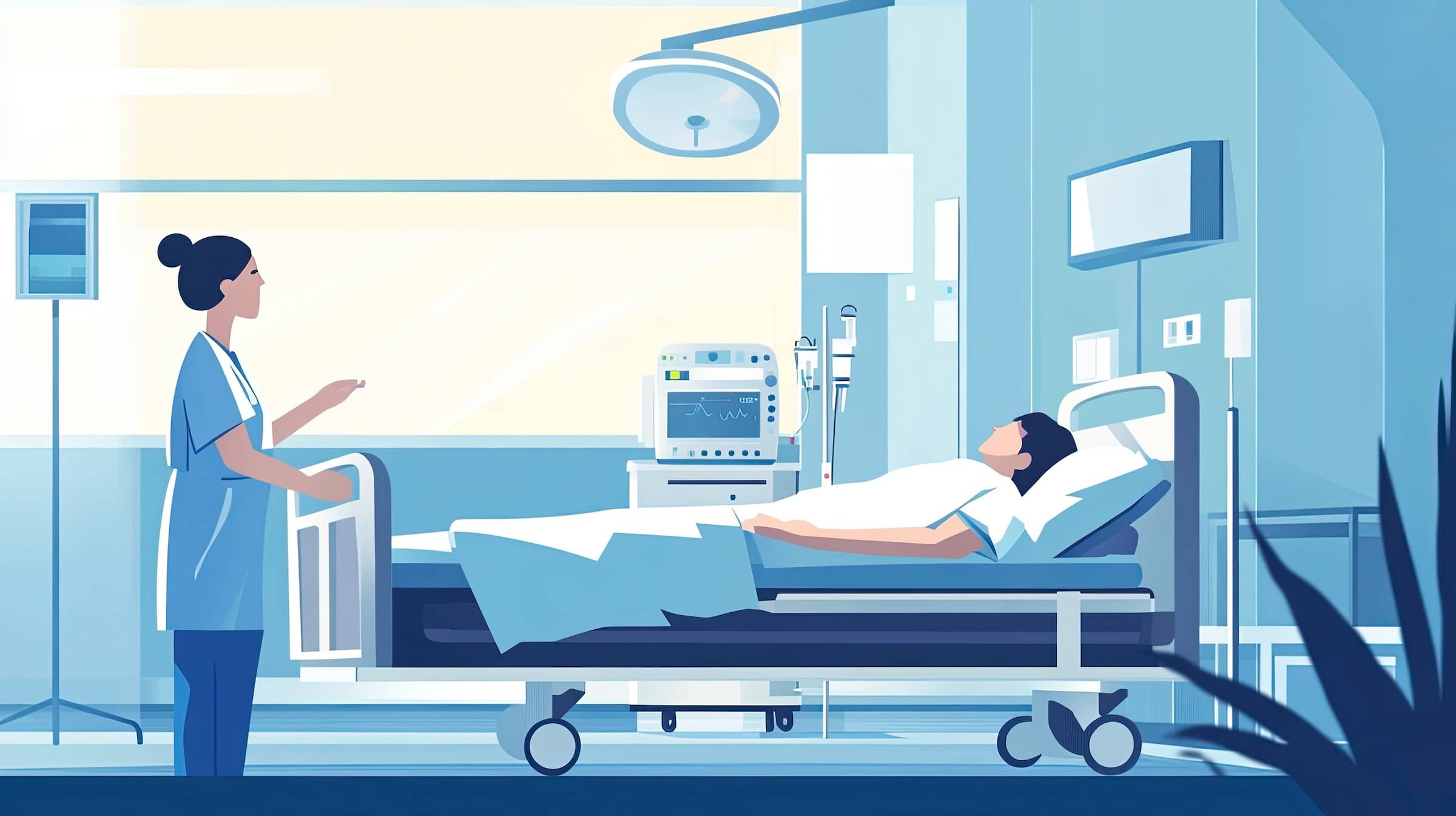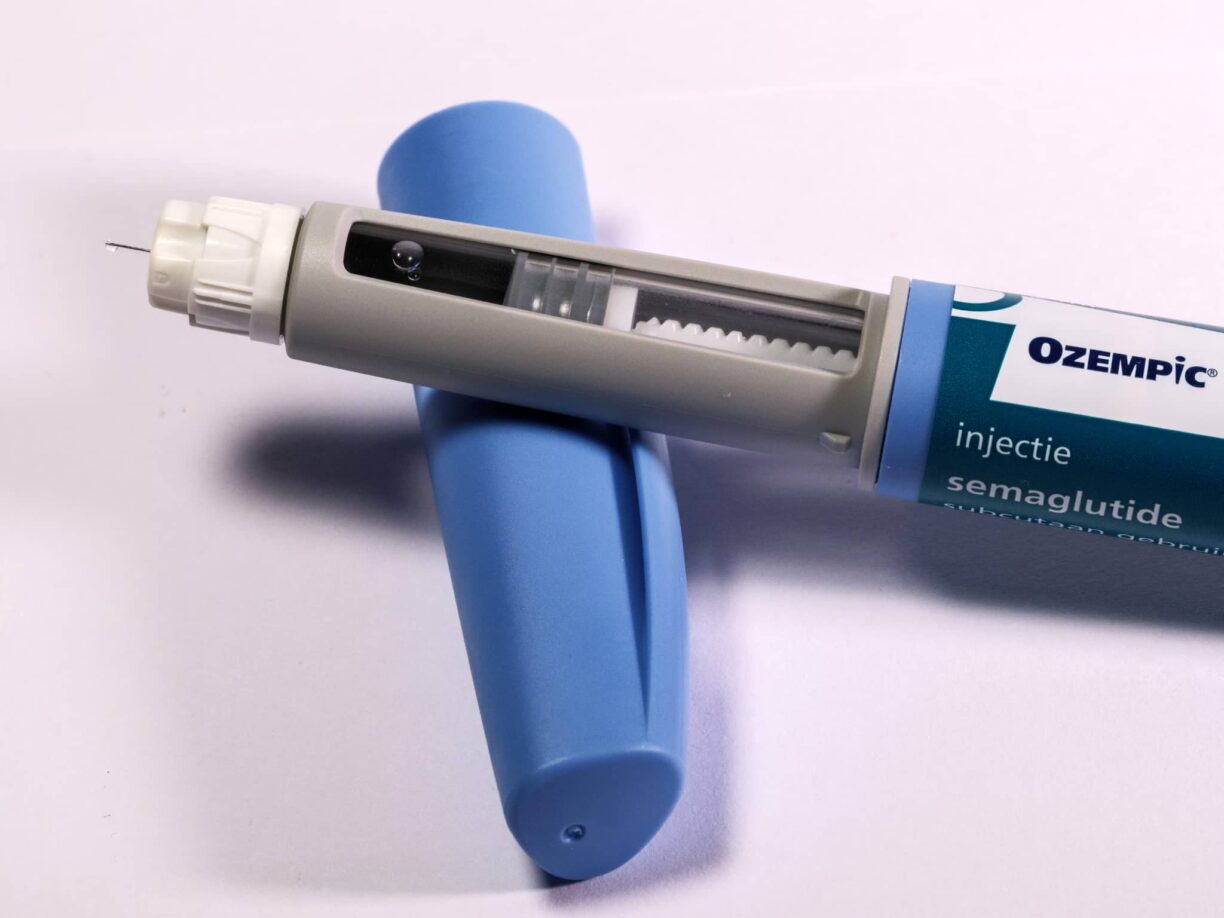Patient comfort and care quality are paramount in an environment like healthcare. There have been great strides in the technology of intensive care units (ICUs), some of which include bed technology.
Multi-zone pressure relief and ventilation systems are available for many customised ICU beds for optimum patient care. Such inventions also enhance comfort and recovery speed.
Relieving Pressure
Pressure ulcers represent a significant problem in the intensive care unit due to the prolonged immobility of patients. These multi-zone pressure relief systems have been developed.
These systems are designed to distribute weight, thereby reducing pressure points and helping to prevent skin breakdown.
Additionally, they customise and provide localised support to each patient’s different areas of the body. This flexibility allows us to deliver tailored fitness care to our patients — treating them for the specific conditions they present with and adjusting to their comfort levels. Consider these factors when choosing an ICU hospital bed for sale.
Ventilation Systems: Creating Comfort For The Patients
Light and audible noise are two key environmental parameters that can be controlled for healing. More important to ICU patients is an efficient ventilation system embedded in the beds. Correct airflow helps regulate temperature by preventing overheating or cooling.
That balance is crucial to patient comfort, especially for those with reduced mobility. Also, they help prevent the accumulation of moisture, which can lead to chafing and discomfort. These systems maintain ideal conditions to promote faster recovery and overall quality of life.
Personalisation: Adapting to Patient Requirements
Customising ICU beds is not just limited to pressure relief and ventilation. You can customise beds based on the patient’s specific medical needs and preferences. Medical beds’ height, head, and foot parts can be adjusted.
The features must also be appreciated as they assist in physical therapy and help healthcare workers, which adds to the value of medical equipment manufacturing.
You can also use innovative technology to monitor and adjust everything in real-time. Such advancements help immediate beds respond to the rapidly changing conditions of patients, making them safe and better cared for.
Effect on Recovery of Patients
Patients healed faster as there were fewer complications like pressure ulcers and skin irritations. More comfort translates to improved sleep quality, which is critical for recovery and well-being.
Furthermore, a warm and nurturing environment provides peace of mind and, therefore, reduces stress levels and anxiety, which depress mental health.
This comprehensive view of patient experiences directly contributes to a positive hospital experience, which can affect recovery rates and satisfaction among patients.
Challenges of Incorporating Large Language Models
However, custom-designed ICU beds that include advanced technologies have some associated challenges. These technologies can be expensive, and healthcare facilities with small budgets may be unable to afford them.
Nevertheless, investing in a better patient experience and higher quality care can lead to significant savings in the long run through reduced complications and shorter hospital stays.
Training healthcare staff is crucial for effective system operation. If the systems are not understood and operated properly, they will not function correctly, which can compromise patient safety by failing to locate patients accurately. Educating staff on the utility of bespoke ICU beds enhances their capacity to provide quality care.
Future Prospects
Given the ever-evolving world of technology, we can expect the future of ICU beds to be massively customizable.
Things like artificial intelligence (AI) and machine learning may even improve the efficiency of pressure relief and ventilation systems.
Predictive algorithms may also be used to predict patients’ needs and their proactive adjustments and interventions. Moreover, ICU bed technology may incorporate eco-friendly materials and energy-efficient designs.
These initiatives will help complement environmental sustainability reconciliations worldwide to pave the way for a greener and more efficient healthcare ecosystem.
Conclusion
Bed customisation for ICUs with multi-zone pressure relief and ventilation systems is a patient care technology. These innovations solve key problems, improve comfort, and facilitate recovery.
Despite challenges, the positives outweigh the negatives for patients and healthcare providers. Research and development of new technologies have already made ICU beds better and safer, and the future of bed technology in the ICU holds even more innovations.
With a patient-centric approach and technological advancement, healthcare facilities will provide the best care and better patient outcomes.
These sorts of innovations pave the way for an easier and more efficient recovery, which is the end goal of healthcare for all parties involved.





